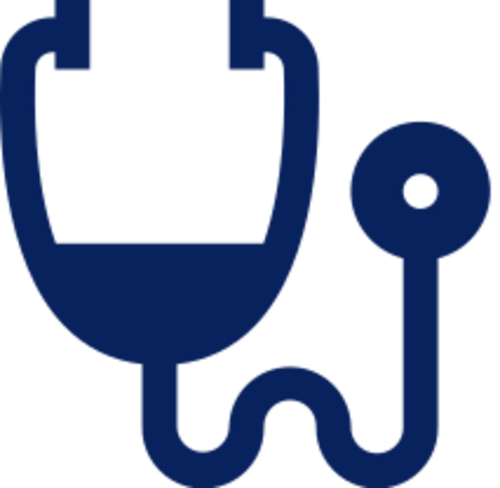What is HIV/AIDS?
The human immunodeficiency virus (HIV) is a virus that targets a person’s immune system. If HIV is not treated, it can lead to acquired immunodeficiency syndrome (AIDS), the most advanced stage of disease caused by the infection.
How is HIV transmitted?
HIV is transmitted through bodily fluids (genital fluids, blood, breast milk). The majority of new HIV infections occur through vaginal or anal sex or injection drug use. HIV can also be transmitted to the baby during pregnancy, labor or breastfeeding. HIV cannot be transmitted through daily activities such as hugging, kissing, shaking hands, or sharing food or water.
How can I reduce my HIV risk?
There are several ways to reduce the risk of acquiring HIV. Each has its own benefits and risks, and the level of risk reduction may vary. For people who are HIV-negative, there are strategies such as using male or female condoms during sex, taking a daily oral tablet that contains an antiretroviral drug, or using a monthly vaginal ring that contains an antiretroviral drug. In addition, if a person is living with HIV and suppresses their viral load by adhering to treatment, they may be able to reduce the risk of HIV transmission during sex to a partner who is HIV-negative.





